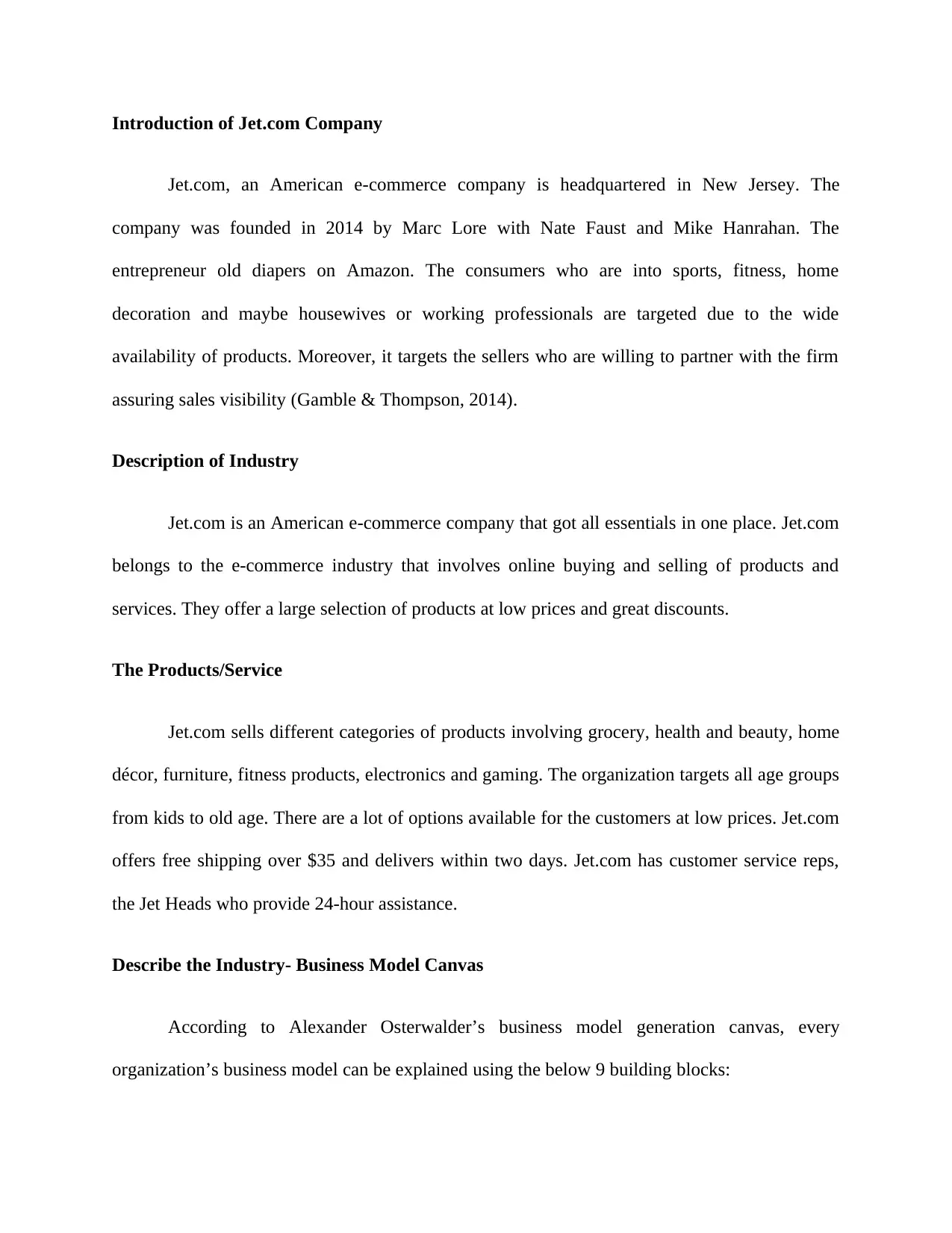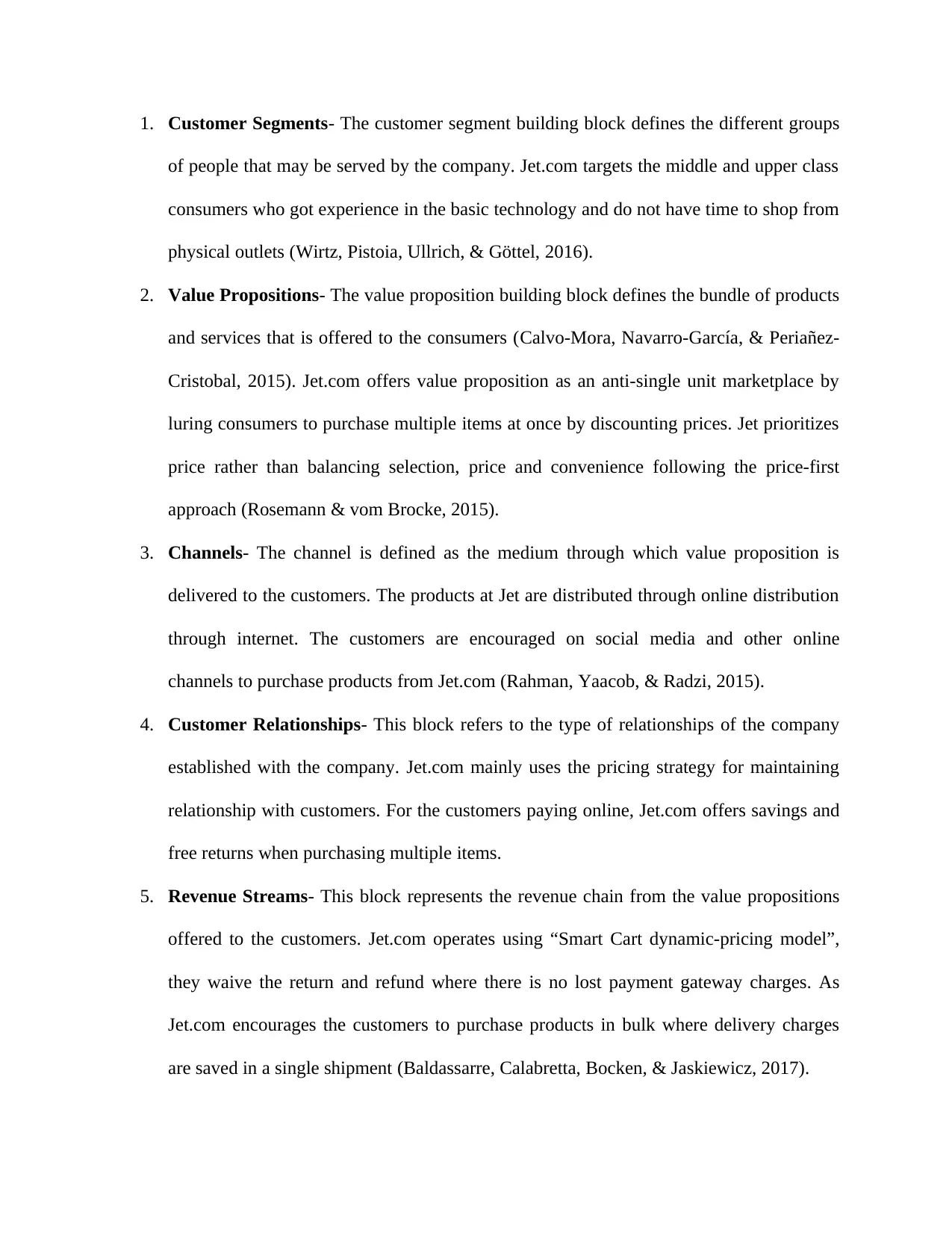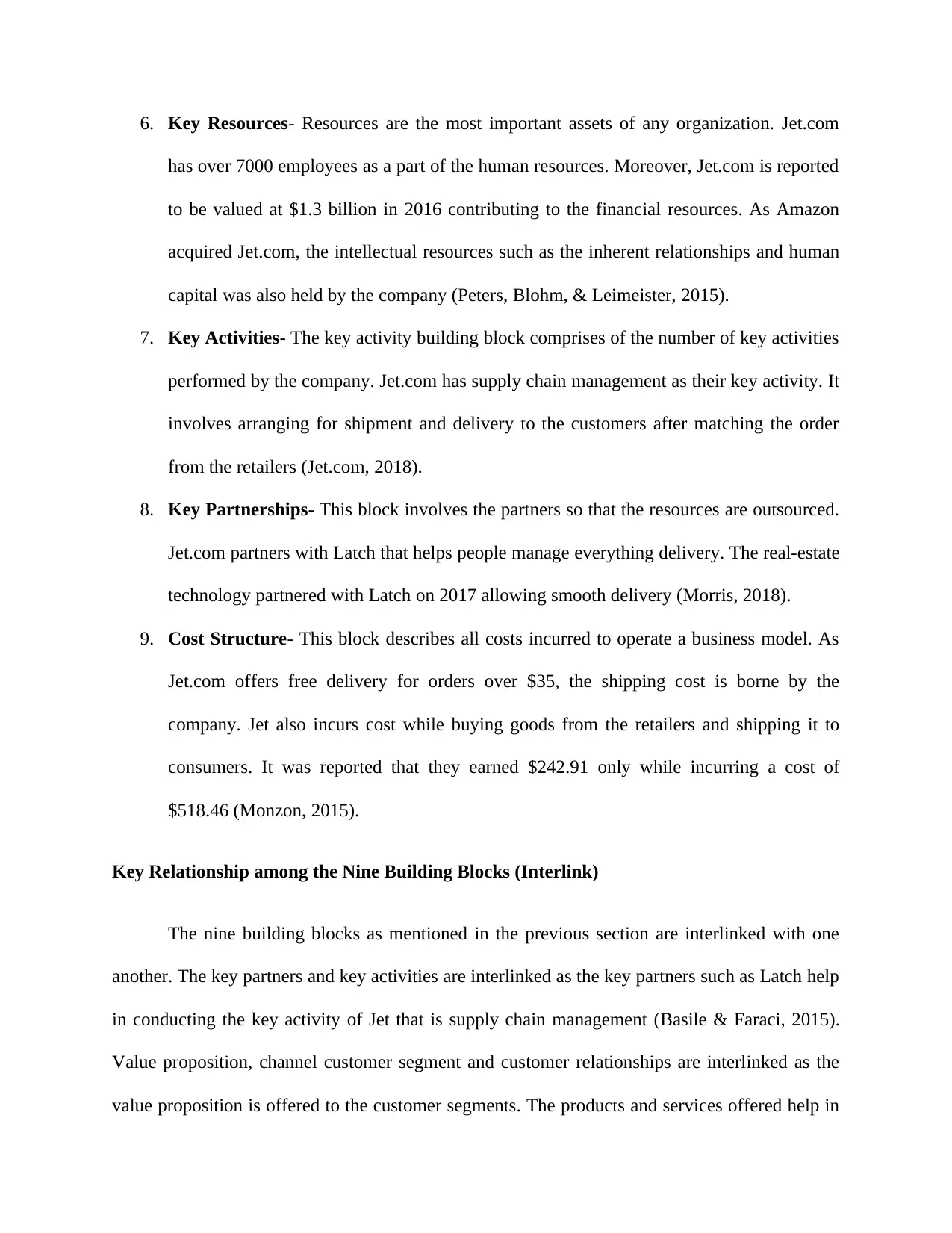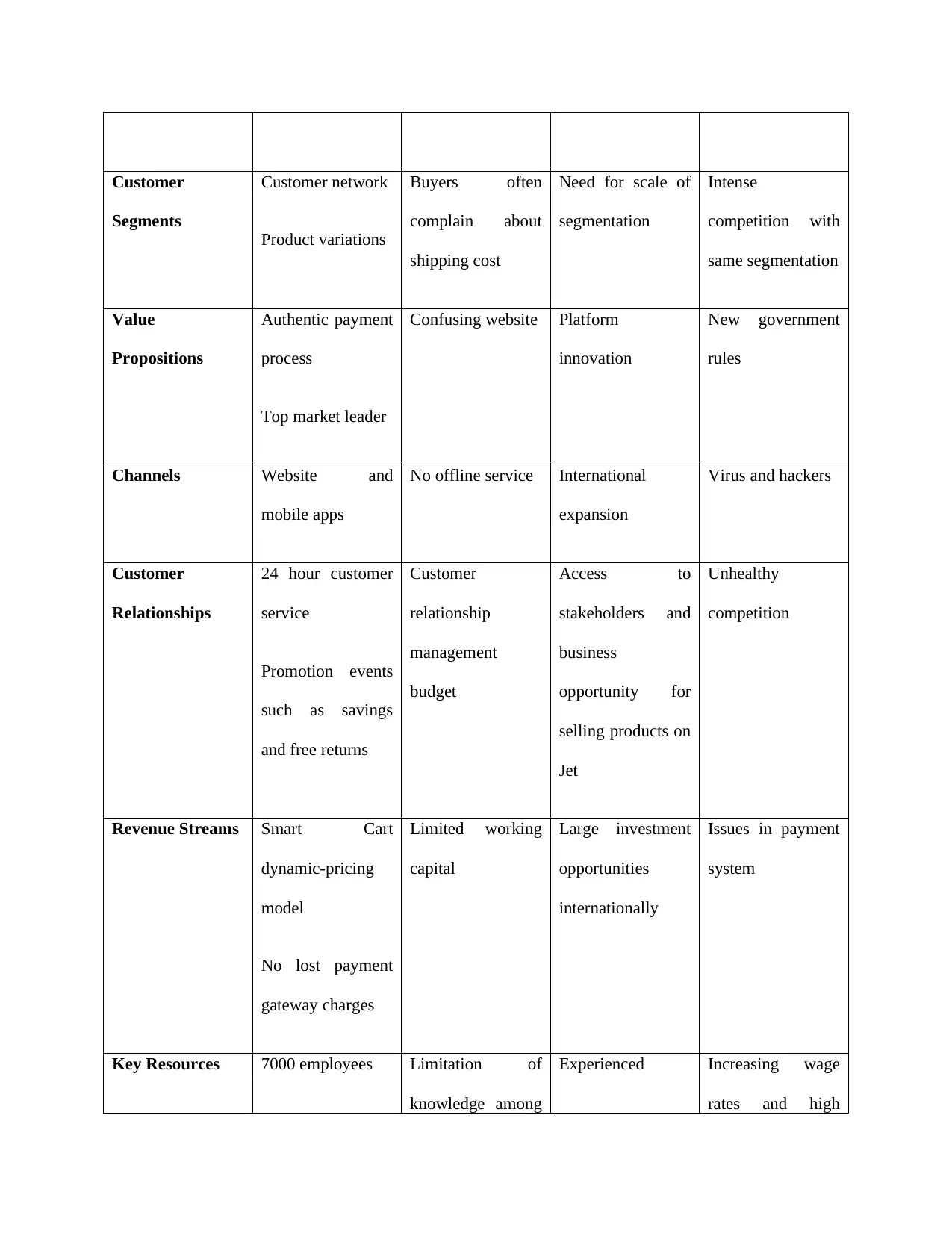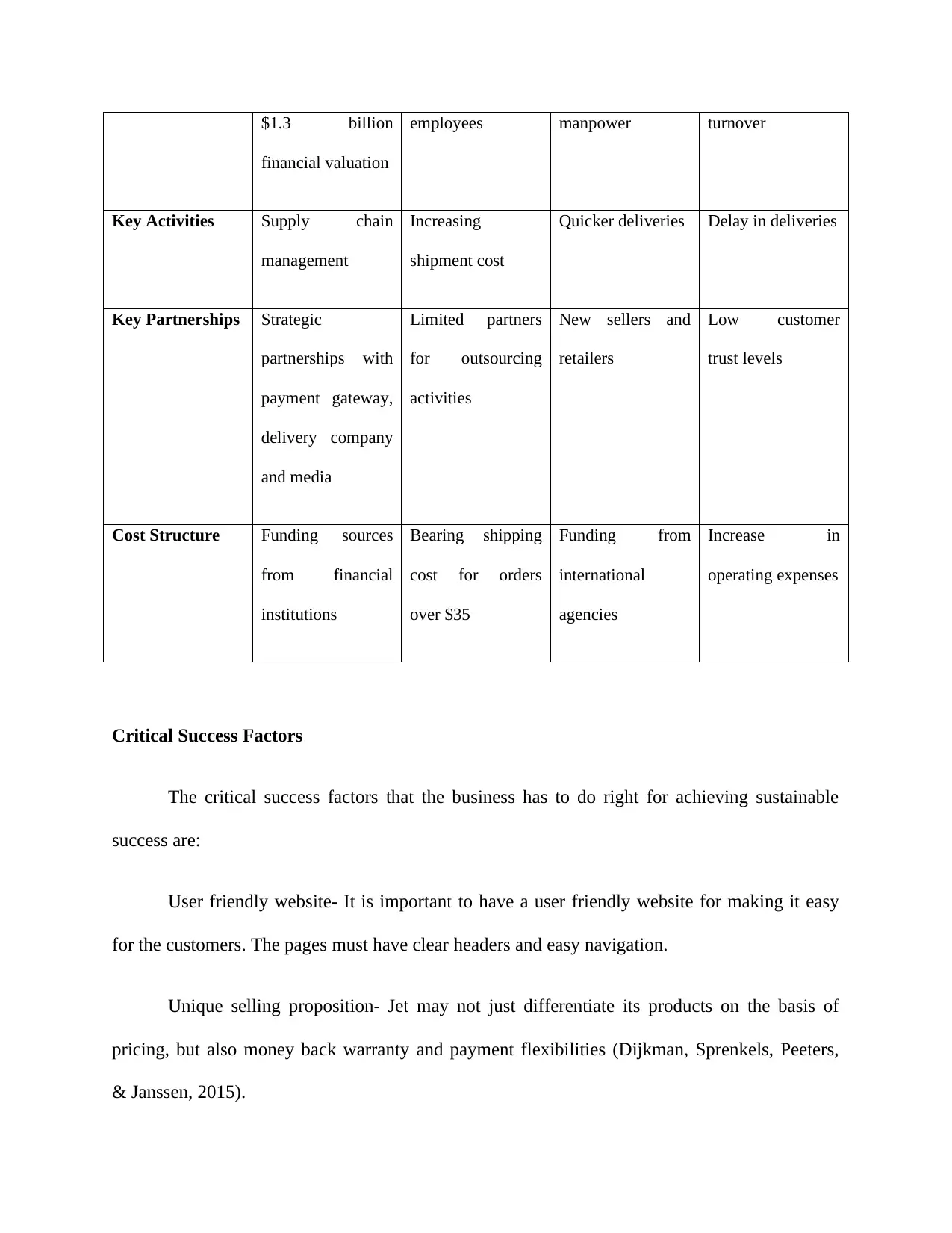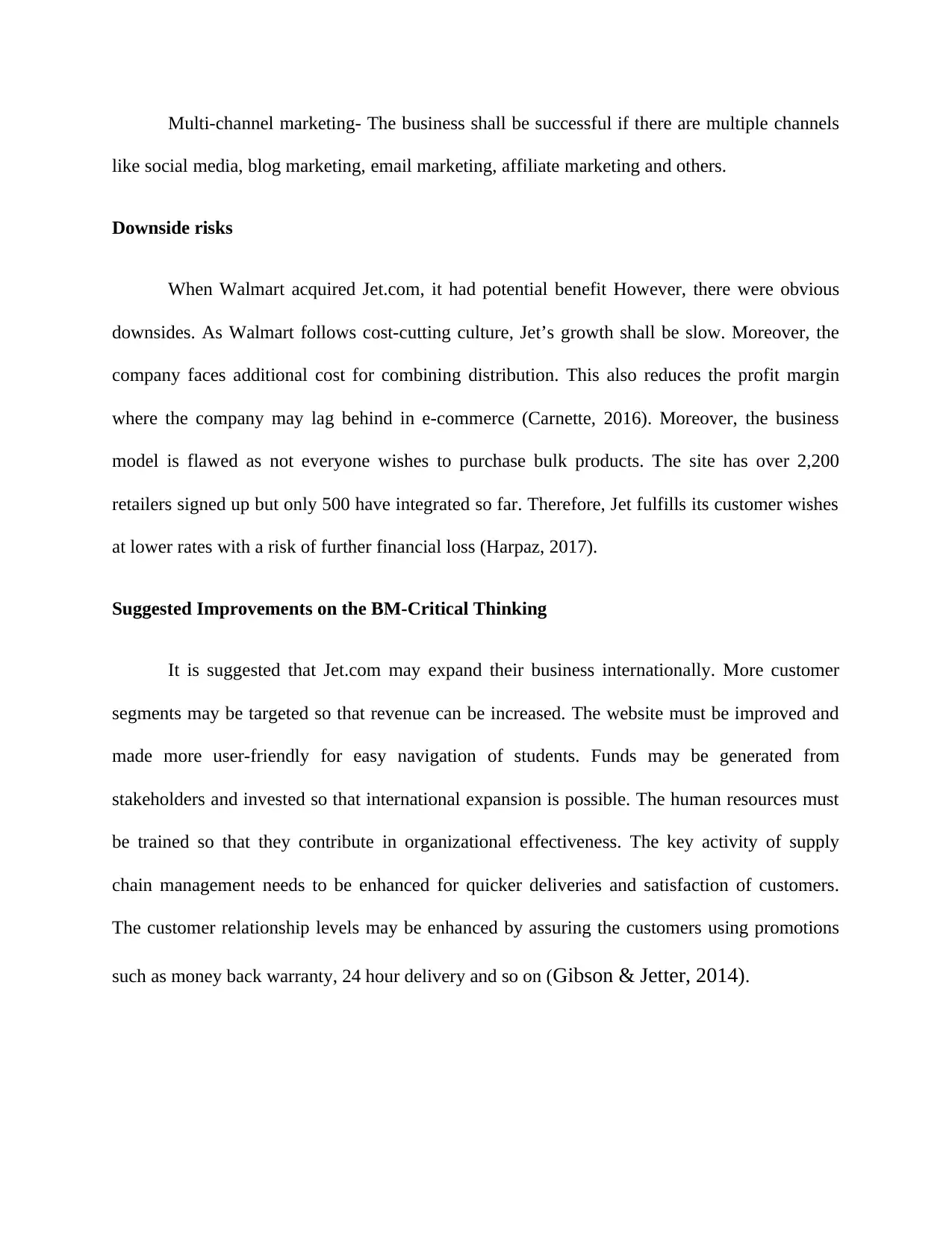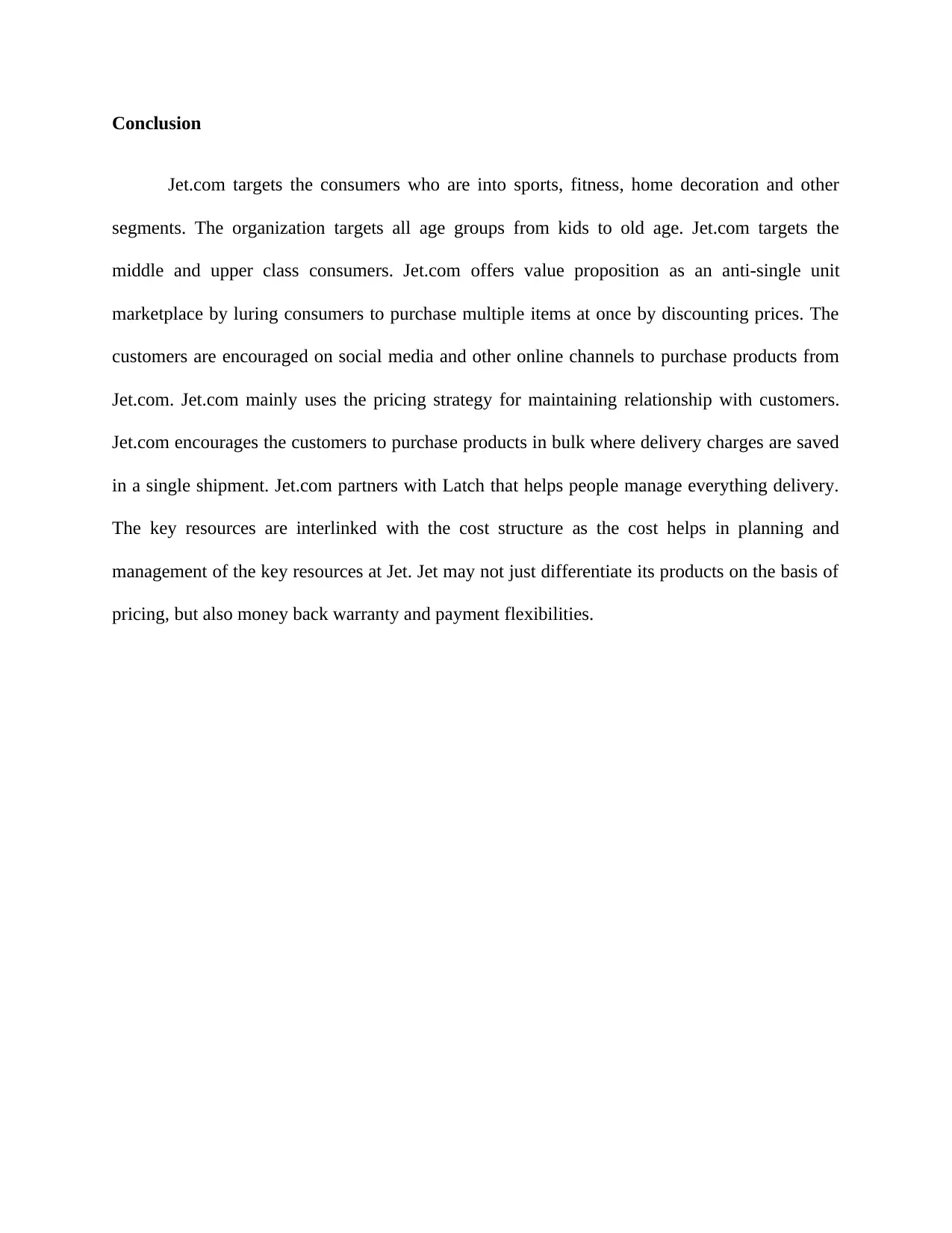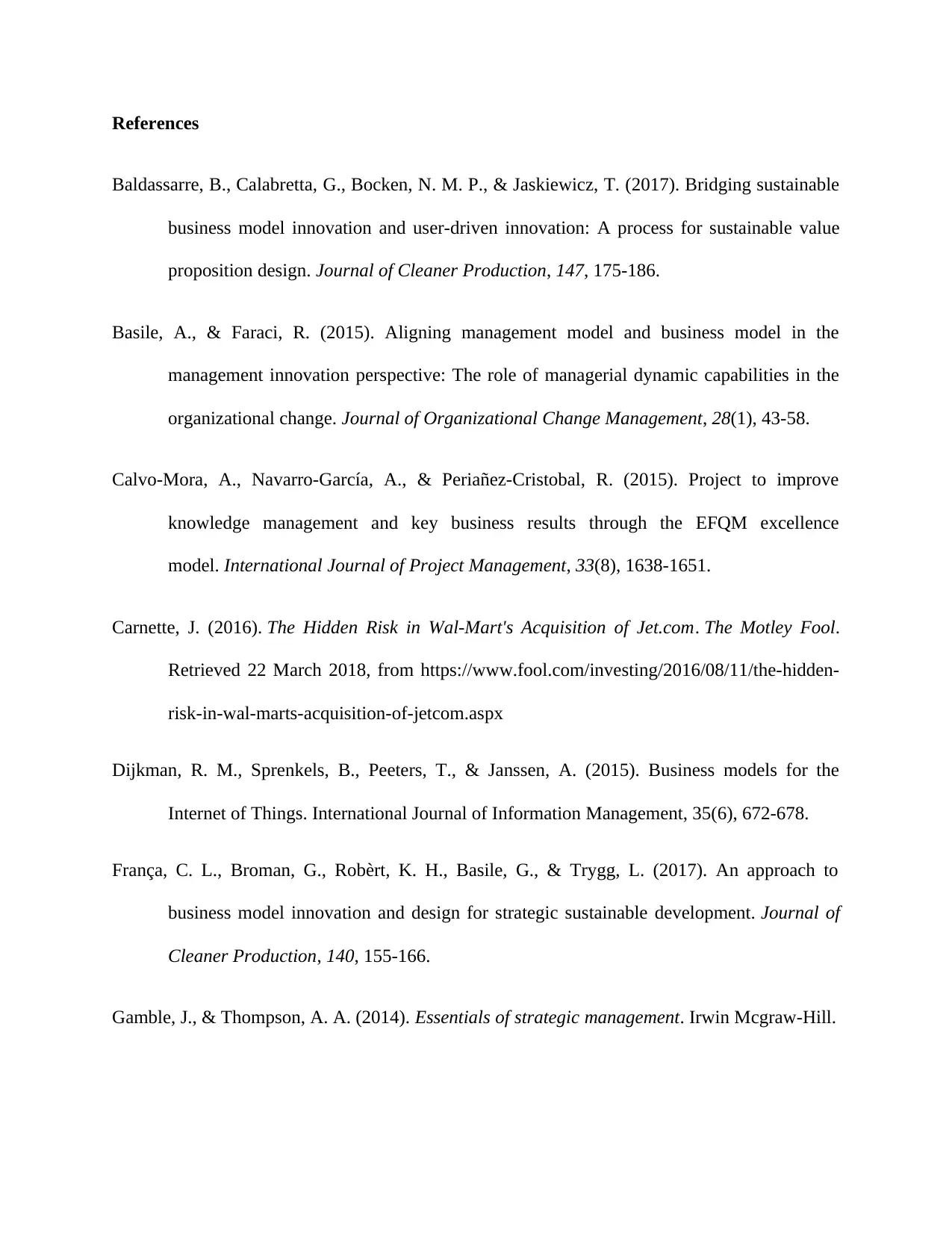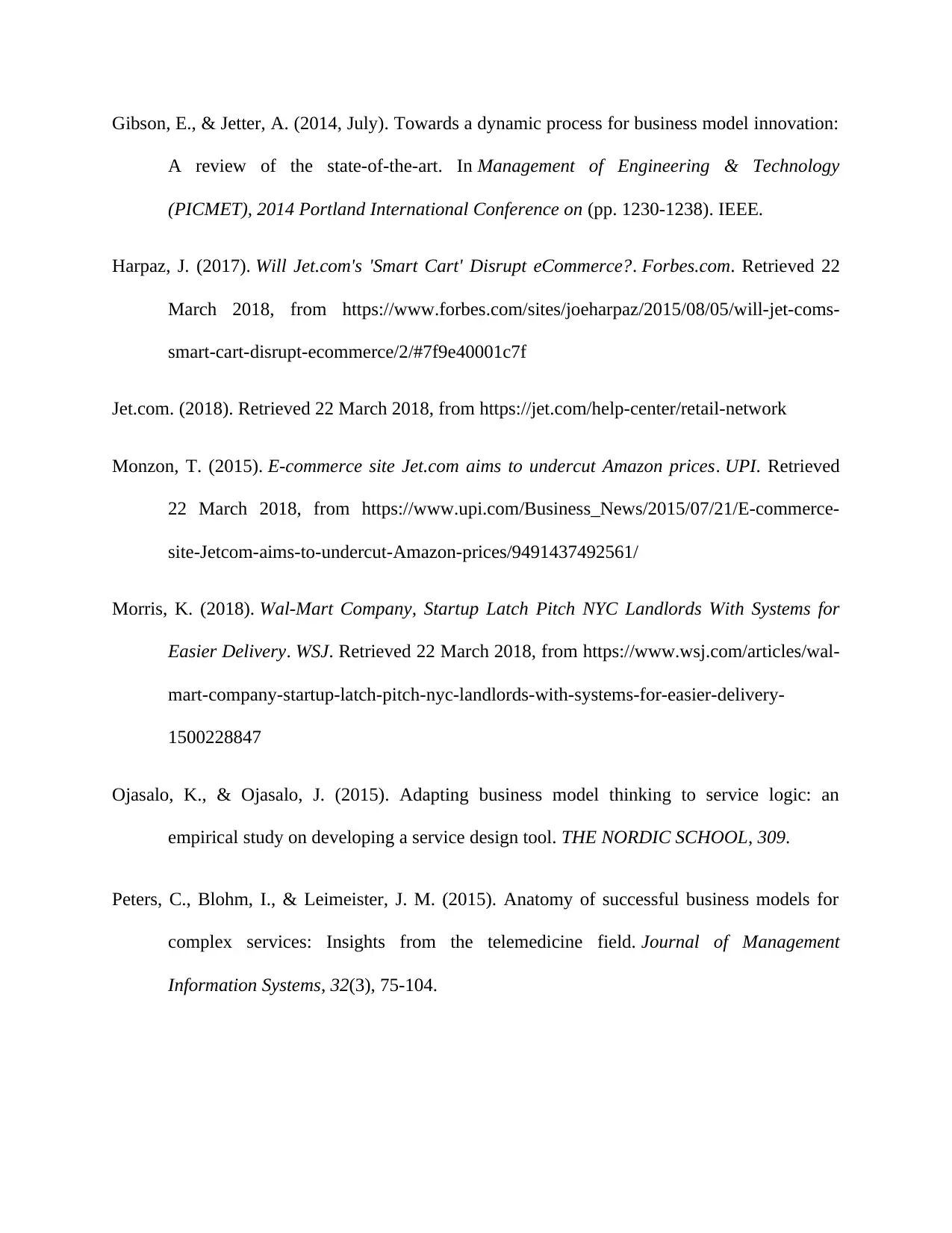This assignment delves into the world of e-commerce business models, focusing on the innovative strategies employed by companies such as Jet.com. The document examines the emergence of new e-commerce models, including the use of retail networks and smart cart technologies, and discusses their potential impact on competitors like Amazon. Additionally, it explores the role of business model innovation in driving sustainable development, leveraging research from journals like Journal of Cleaner Production and Journal of Management Information Systems. The assignment also touches upon the importance of effective financial risk management for small businesses, as well as the six core elements of business process management. Overall, this document provides a comprehensive analysis of e-commerce business models, highlighting key trends and strategies for companies looking to stay ahead in the digital age.
![[object Object]](/_next/static/media/star-bottom.7253800d.svg)
![[object Object]](/_next/static/media/star-bottom.7253800d.svg)


